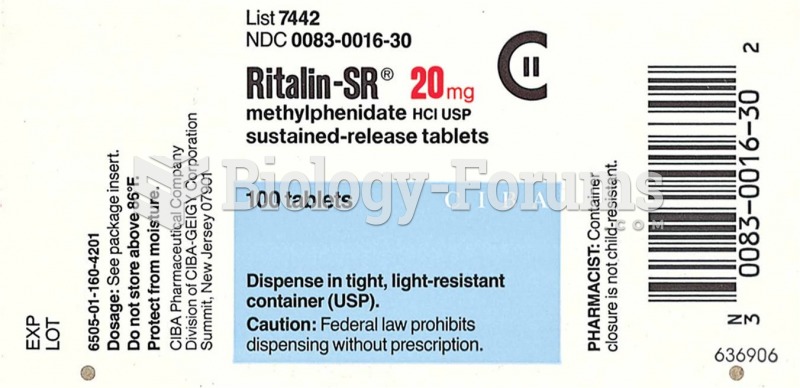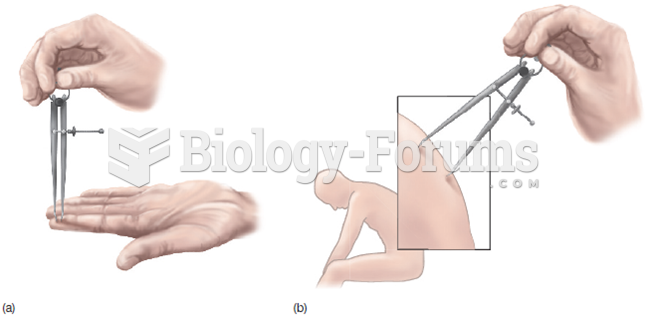Answer to Question 1
1. Order taking Customer batch-level
Product handling Customer output-unit-level
Delivery Customer batch-level
Expedited delivery Customer batch-level
Restocking Customer batch-level
Visits to customers Customer sustaining-level
Sales commissions Customer batch-level
2. Customer-level operating income based on expected cost of orders:
Customers
AC DC MC JC RC BC
Revenues
30 225; 520; 295; 110; 390; 1,050 6,750 15,600 8,850 3,300 11,700 31,500
Less: Returns
30 15; 40; 0; 0; 35; 40 450 1,200 0 0 1,050 1,200
Net Revenues
30 210; 480; 295; 110; 355; 1,010 6,300 14,400 8,850 3,300 10,650 30,300
Cost of goods sold
18 210; 480; 295; 110; 355; 1,010 3,780 8,640 5,310 1,980 6,390 18,180
Gross margin 2,520 5,760 3,540 1,320 4,260 12,120
Customer-level operating costs:
Order taking
15 10; 20; 9; 12; 24; 36 150 300 135 180 360 540
Product handling
1 225; 520; 295; 110; 390; 1,050 225 520 295 110 390 1,050
Delivery
1.20 360; 580; 350; 220; 790; 850 432 696 420 264 948 1,020
Expedited delivery
175 0; 8; 0; 0; 3; 4 0 1,400 0 0 525 700
Restocking
50 3; 2; 0; 0; 1; 5 150 100 0 0 50 250
Visits to customers 125 125 125 125 125 125
Sales commissions
10 10; 20; 9; 12; 24; 36 100 200 90 120 240 360
Total customer-level operating costs 1,182 3,341 1,065 799 2,638 4,045
Customer-level operating income 1,338 2,419 2,475 521 1,622 8,075
3. Customer level operating income based on actual order costs:
Customers
AC DC MC JC RC BC
Revenues
30 225; 520; 295; 110; 390; 1,050 6,750 15,600 8,850 3,300 11,700 31,500
Less: Returns
30 15; 40; 0; 0; 35; 40 450 1,200 0 0 1,050 1,200
Net Revenues
30 210; 480; 295; 110; 355; 1,010 6,300 14,400 8,850 3,300 10,650 30,300
Cost of goods sold
18 210; 480; 295; 110; 355; 1,010 3,780 8,640 5,310 1,980 6,390 18,180
Gross margin 2,520 5,760 3,540 1,320 4,260 12,120
Customer-level operating costs:
Order taking
8 10; 15 20; 8 9; 8 12; 8 24; 8 36 80 300 72 96 192 288
Product handling
1 225; 520; 295; 110; 390; 1,050 225 520 295 110 390 1,050
Delivery
1.20 360; 580; 350; 220; 790; 850 432 696 420 264 948 1,020
Expedited delivery
175 0; 8; 0; 0; 3; 4 0 1,400 0 0 525 700
Restocking
50 3; 2; 0; 0; 1; 5 150 100 0 0 50 250
Visits to customers 125 125 125 125 125 125
Sales commissions
10 10; 20; 9; 12; 24; 36 100 200 90 120 240 360
Total customer-level operating costs 1,112 3,341 1,002 715 2,470 3,793
Customer-level operating income 1,408 2,419 2,538 605 1,790 8,327
Comparing the answers in requirements 2 and 3, it appears that operating income is higher than expected, so the management of KC Corporation would be very pleased with the performance of the salespeople for reducing order costs. Except for DC, all of the customers are more profitable than originally reported.
4. Customer-level operating income based on actual orders and adjusted commissions
Customers
AC DC MC JC RC BC
Revenues
30 225; 520; 295; 110; 390; 1,050 6,750 15,600 8,850 3,300 11,700 31,500
Less: Returns
30 15; 40; 0; 0; 35; 40 450 1,200 0 0 1,050 1,200
Net Revenues
30 210; 480; 295; 110; 355; 1,010 6,300 14,400 8,850 3,300 10,650 30,300
Cost of goods sold
18 210; 480; 295; 110; 355; 1,010 3,780 8,640 5,310 1,980 6,390 18,180
Gross margin 2,520 5,760 3,540 1,320 4,260 12,120
Customer-level operating costs:
Order taking
15 5; 20; 4; 6; 9; 18 75 300 60 90 135 270
Product handling
1 225; 520; 295; 110; 390; 1,050 225 520 295 110 390 1,050
Delivery
1.20 360; 580; 350; 220; 790; 850 432 696 420 264 948 1,020
Expedited delivery
175 0; 8; 0; 0; 3; 4 0 1,400 0 0 525 700
Restocking
50 3; 2; 0; 0; 1; 5 150 100 0 0 50 250
Visits to customers 125 125 125 125 125 125
Sales commissions
10 5; 20; 4; 6; 9; 18 50 200 40 60 90 180
Total customer-level operating costs 1,057 3,341 940 649 2,263 3,595
Customer-level operating income 1,463 2,419 2,600 671 1,997 8,525
5. The behavior of the salespeople is costing KC Corporation 588 in profit (the difference between the incomes in requirements 3 and 4.) Although management thinks the salespeople are saving money based on the budgeted order costs, in reality they are costing the firm money by increasing the costs of orders (1,028 in requirement 3 versus 930 in requirement 4) and at the same time increasing their sales commissions (1,110 in requirement 3 versus 620 in requirement 4). This is not ethical.
KC Corporation needs to change the structure of the sales commission, possibly linking commissions to the overall units sold rather than on number of orders.
Some students might argue that the amount is not material, but in matters of ethics be wary of the slippery slope. Most organizations do not stand for any deviation from ethical principles, regardless of the amount involved. Students can engage in an interesting debate around this point.
Answer to Question 2
F
 Photograph of a child with a cochlear implant. This device sends electrical impulses directly to the
Photograph of a child with a cochlear implant. This device sends electrical impulses directly to the
 Injecting an IV push (bolus) medication; C, another type of needleless syringe and needleless IV acc
Injecting an IV push (bolus) medication; C, another type of needleless syringe and needleless IV acc





